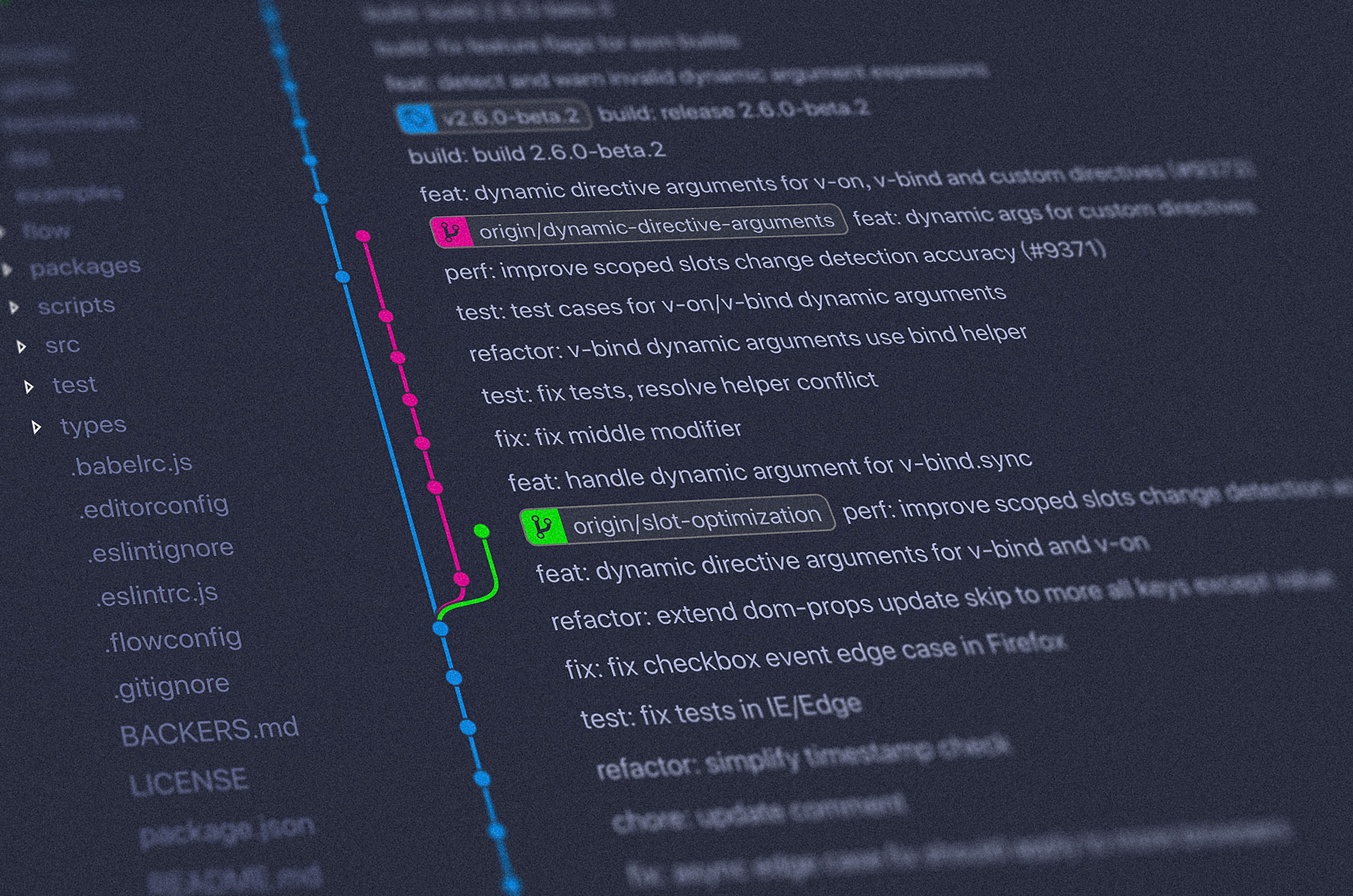Google Blogger API Table
其實找到好用的 Google API document 就完成 80% 了,這裡紀錄 Python 連結。再紀錄個 Google 給開發者用的 Playground,可以讓你先試試 API。
Post article
這裡紀錄程式碼模擬平常的流程,但其實可以只用 insert 就完成所有事。
-
New Post
新增草稿。
# Create a new draft post.
# The return value (newpost) is dict contain all info of this draft
newpost = service.posts().insert(blogId=BLOGID, isDraft=True).execute()
-
Update content
Update 好 content 後,要轉成 JSON object。以下若程式碼直接傳 JsonPost(str),會回傳錯誤 Invalid JSON payload received. Unknown name “”: Root element must be a message,即使他們 print 出來一模一樣。
# Update some content of the new draft post.
newpost['title'] = "posted via python"
newpost['content'] = "<div>hello world test</div>"
JsonPost = json.dumps(newpost, indent=4, ensure_ascii=False)
service.posts().update(blogId=BLOGID, postId=newpost['id'],
body=json.loads(JsonPost)).execute()
-
Publich
其實就只是把 Draft 的狀態改成 Publish。
# Publish the new post.
service.posts().publish(blogId=BLOGID, postId=newpost['id']).execute()
-
Insert 解決一切
可以直接用 insert 就好,上面的程式碼只是模擬。
service.posts().insert(blogId=BLOGID, body=body).execute()
參考資料 :
1.Google API Library



